I discovered Italy’s best-kept secret last summer, and I’m still dreaming about it. Nestled between the Adriatic Sea and the Apennine Mountains, Le Marche offers the beauty of Tuscany without the crowds. This unspoiled region in central Italy captivates visitors with its diverse landscapes—from golden beaches to medieval hilltop towns and rolling countryside that changes with each passing mile.
My road trip through Le Marche revealed a region of striking contrasts. One day I was exploring the walled medieval city of Urbino with its impressive castle and narrow cobblestone streets where cars aren’t permitted. Next, I was dipping my toes in the clear waters of the Adriatic.
The region’s unhurried atmosphere allowed me to savor each moment. I enjoyed sipping local wine in a small village square and watching the sunset paint the hillsides in golden hues.
What makes Le Marche truly special is how it feels both familiar and undiscovered. Unlike its famous neighbors, this region maintains an authentic Italian character that hasn’t been polished for mass tourism. As I drove from coast to mountains, each hilltop town welcomed me with its unique charm, remarkable views, and locals who seemed genuinely surprised—and pleased—to see a visitor taking interest in their corner of Italy.
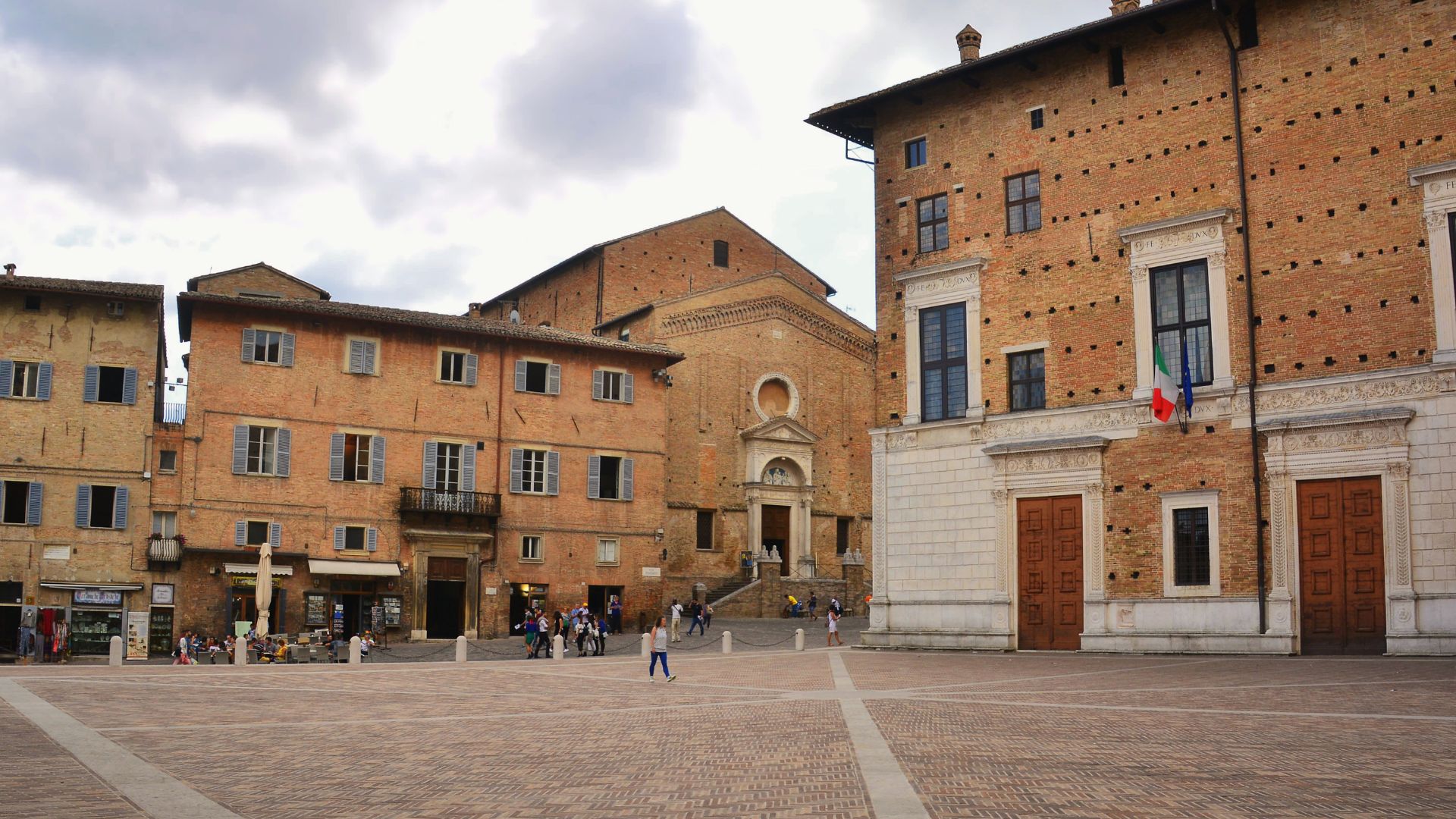
Embarking on the Journey: The Allure of Le Marche
Le Marche captivated me from the moment I crossed its borders. This unspoiled region in central Italy offers a perfect blend of natural beauty, rich culture, and a refreshingly unhurried pace of life that’s increasingly rare in today’s world.
The Geographic Tapestry: From Apennine Mountains to Adriatic Sea
The landscape of Le Marche is truly breathtaking in its diversity. Driving through the region, I was struck by how quickly the scenery transforms from rugged mountains to gentle rolling hills, then finally to stunning coastline.
The Apennine Mountains form a dramatic backdrop to the west. These peaks aren’t just beautiful to look at – they create Le Marche’s unique microclimate and shape its cultural identity.
Moving eastward, the terrain softens into lush, green hills. Every available patch of land seems to burst with vegetation. Vineyards, olive groves, and orchards cling to even the steepest slopes.
The journey culminates at the Adriatic Sea with its clear blue waters. This geographic variety gives Le Marche an exceptional richness that few Italian regions can match.
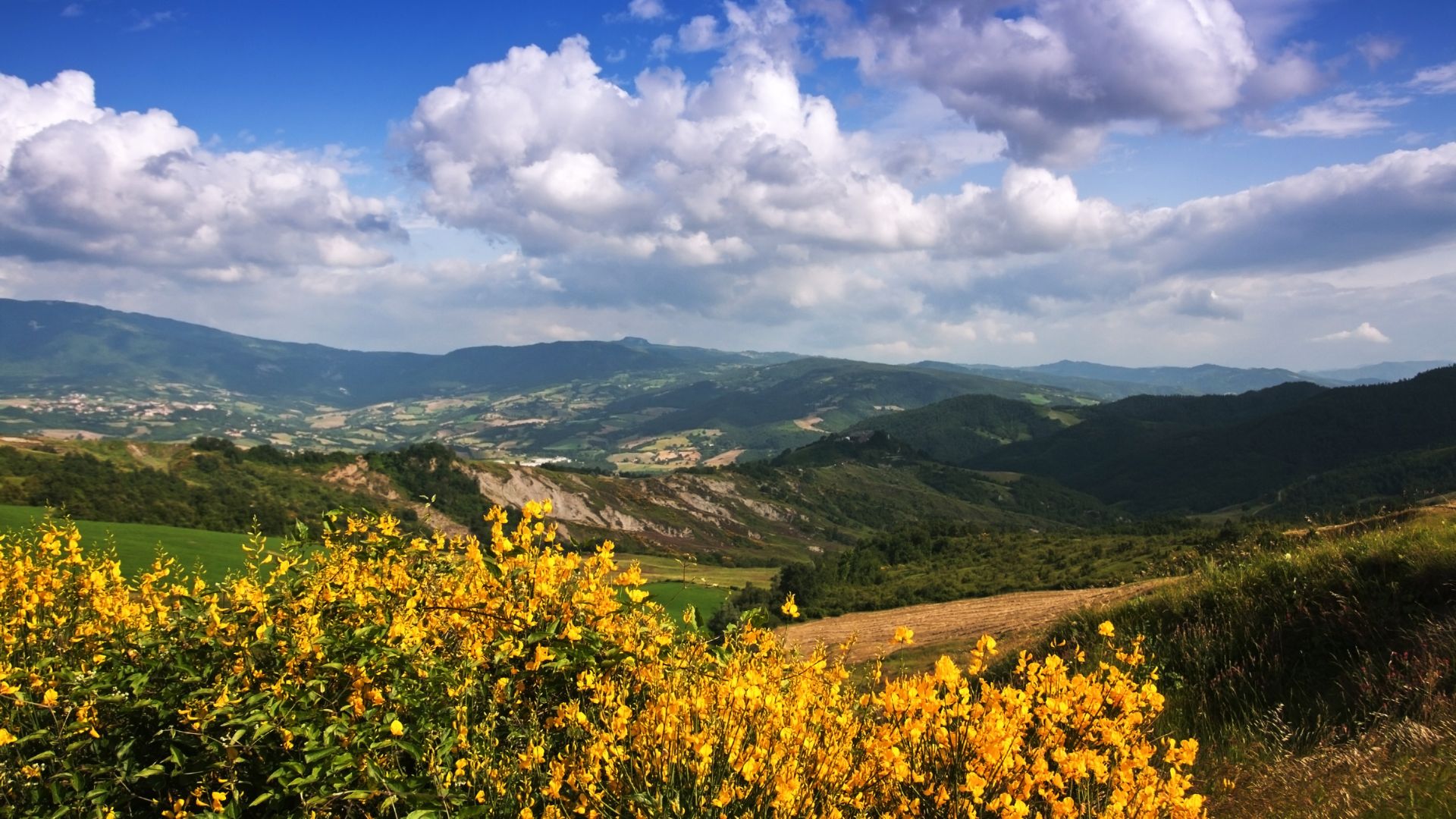
Ancona: The Gateway to Le Marche
My exploration of Le Marche began in Ancona, the region’s capital and main port city. This bustling harbor town serves as the perfect introduction to what makes this area special.
Founded by Greek settlers around 387 BCE, Ancona blends ancient history with maritime energy. The city rises dramatically from the port up steep hills, creating stunning viewpoints over the Adriatic.
I spent my first morning wandering through Ancona’s historic center. The Cathedral of San Ciriaco, perched atop the highest point, offered breathtaking panoramic views that helped me understand the region’s layout.
The port area buzzes with activity as ferries arrive from Croatia and Greece. This connection to the sea has shaped Ancona’s cuisine and culture, making it distinctly different from inland towns I’d visit later.
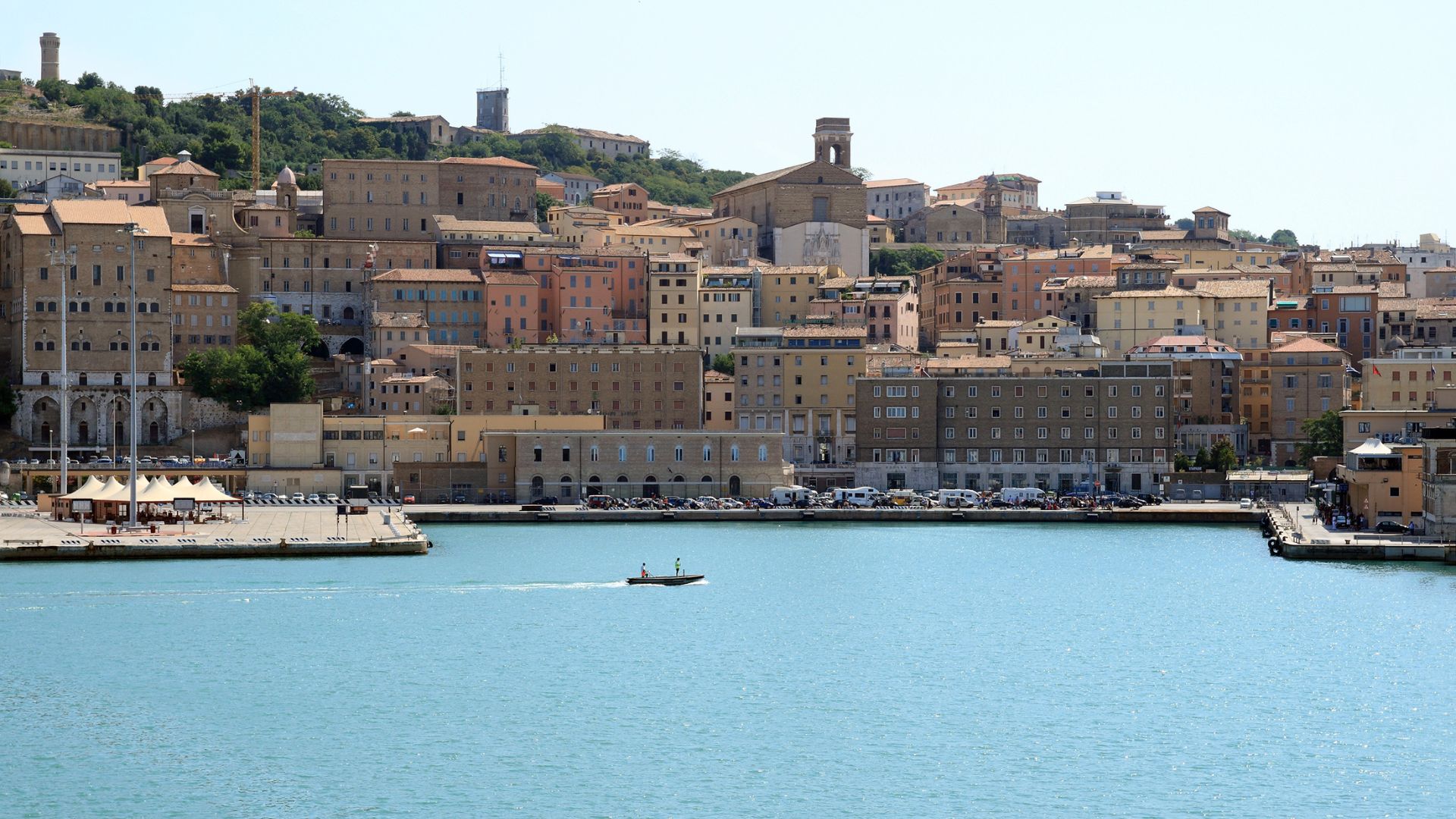
A Mosaic of Landscapes: Mountains, Beaches, and Hill Towns
Le Marche surprised me with its incredible variety of landscapes packed into one region. Within a single day’s drive, I traveled from snow-capped mountains to golden beaches and medieval hill towns perched on rolling countryside.
Scaling the Heights: Alpine Adventures and Apennine Trails
The Sibillini Mountains took my breath away – literally and figuratively! These peaks form part of the Apennine range that runs like a backbone through Le Marche. During my hike near Monte Vettore, I spotted wildflowers carpeting alpine meadows in vibrant purples and yellows.
The mountains here aren’t as famous as Italy’s Alps, but they offer equally stunning vistas without the crowds. I recommend the trail to Lake Pilato, a heart-shaped alpine lake with crystal-clear waters. The path gets steep in places but rewards you with panoramic views.
Winter visitors can enjoy skiing at resorts like Sassotetto, while summer brings opportunities for rock climbing, mountain biking, and paragliding. The mountain villages, with their stone houses and traditional restaurants, made perfect rest stops during my adventures.
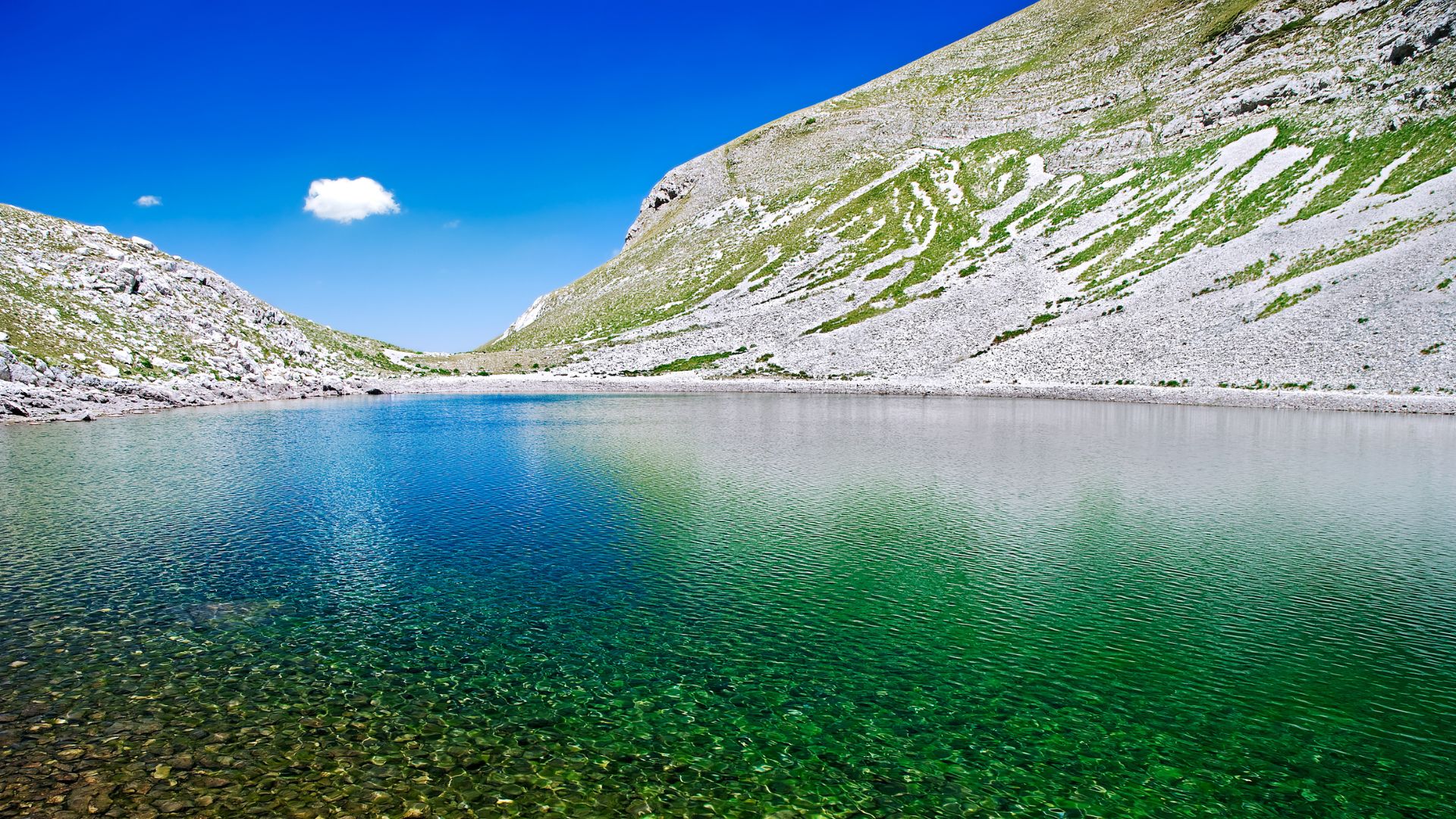
Coastal Escapes: Sandy Beaches and Rocky Shores
After mountain explorations, I headed to Le Marche’s 180 kilometers of Adriatic coastline. The region offers everything from bustling beach resorts to secluded coves.
The Conero Riviera became my favorite coastal spot. Here, white limestone cliffs plunge dramatically into turquoise waters. I spent a perfect afternoon at the crescent-shaped beach of Due Sorelle, accessible only by boat. The name means “Two Sisters,” referring to twin rock formations rising from the sea.
Further south, the sandy beaches of the Riviera delle Palme offered a more relaxed vibe. Palm-lined promenades in San Benedetto del Tronto led me to excellent seafood restaurants serving brodetto, the local fish stew.
The coastal towns blend beach life with history – I explored ancient harbors, lighthouses, and seaside castles like Gradara, said to be the setting for Dante’s tragic love story of Paolo and Francesca.

Hill Town Charms: Urbino and Beyond
The rolling hills between mountains and sea showcase Le Marche’s most charming feature: Renaissance hill towns that seem frozen in time.
Urbino stands as the crown jewel of these settlements. This UNESCO World Heritage site was the birthplace of Raphael and home to one of Italy’s most magnificent Renaissance palaces. I spent hours wandering the Palazzo Ducale, marveling at its perfect proportions and impressive art collection.
Other hill towns captured my heart with their unique character:
- Corinaldo: With its well-preserved medieval walls
- Offida: Famous for delicate lace-making traditions
- Ascoli Piceno: Built of travertine stone that glows golden at sunset
Each town seemed to compete with the next for the most beautiful piazza, the most impressive church, or the most breathtaking views. The winding drive between these hilltop gems took me through vineyards, olive groves, and sunflower fields that changed colors with the seasons.
Cultural Riches: UNESCO Sites and Renaissance Splendor
Le Marche’s cultural heritage stands as one of Italy’s best-kept secrets, with treasures that rival its more famous neighbors. The region’s blend of artistic achievement and historical significance has earned it prestigious UNESCO recognition.
Urbino’s Legacy: A Renaissance Jewel
Walking through Urbino felt like stepping back in time to the height of the Italian Renaissance. This perfectly preserved hill town earned its UNESCO World Heritage status for good reason – it was the birthplace of the legendary artist Raphael and home to one of Italy’s most magnificent ducal palaces.
The Palazzo Ducale, built by Federico da Montefeltro in the 15th century, took my breath away with its perfect proportions and spectacular twin towers. Inside, I explored the National Gallery of the Marche housing masterpieces by Piero della Francesca and Titian.
What makes Urbino special is how the entire town feels like a living museum. The winding medieval streets and elegant piazzas maintain the atmosphere that once attracted the greatest minds of the Renaissance era.
Castles and Heritage: Exploring Centuries of History
Beyond Urbino, my journey through Le Marche revealed a landscape dotted with impressive fortifications and historical sites. The region boasts over 200 castles, each telling stories of the area’s complex medieval past.
I was particularly impressed by:
- Gradara Castle: With its massive walls and romantic legends about Paolo and Francesca
- Fortress of San Leo: Perched dramatically on a rocky outcrop with panoramic views
- Rocca Roveresca: A perfect example of military engineering in Senigallia
These structures weren’t just military fortifications but centers of cultural development. Many castles host museums, art collections, and seasonal events that keep history alive.
What surprised me most was how uncrowded these spectacular sites remained compared to similar attractions in Tuscany or Umbria. I often had entire castle ramparts to myself, offering peaceful moments to appreciate centuries of history.
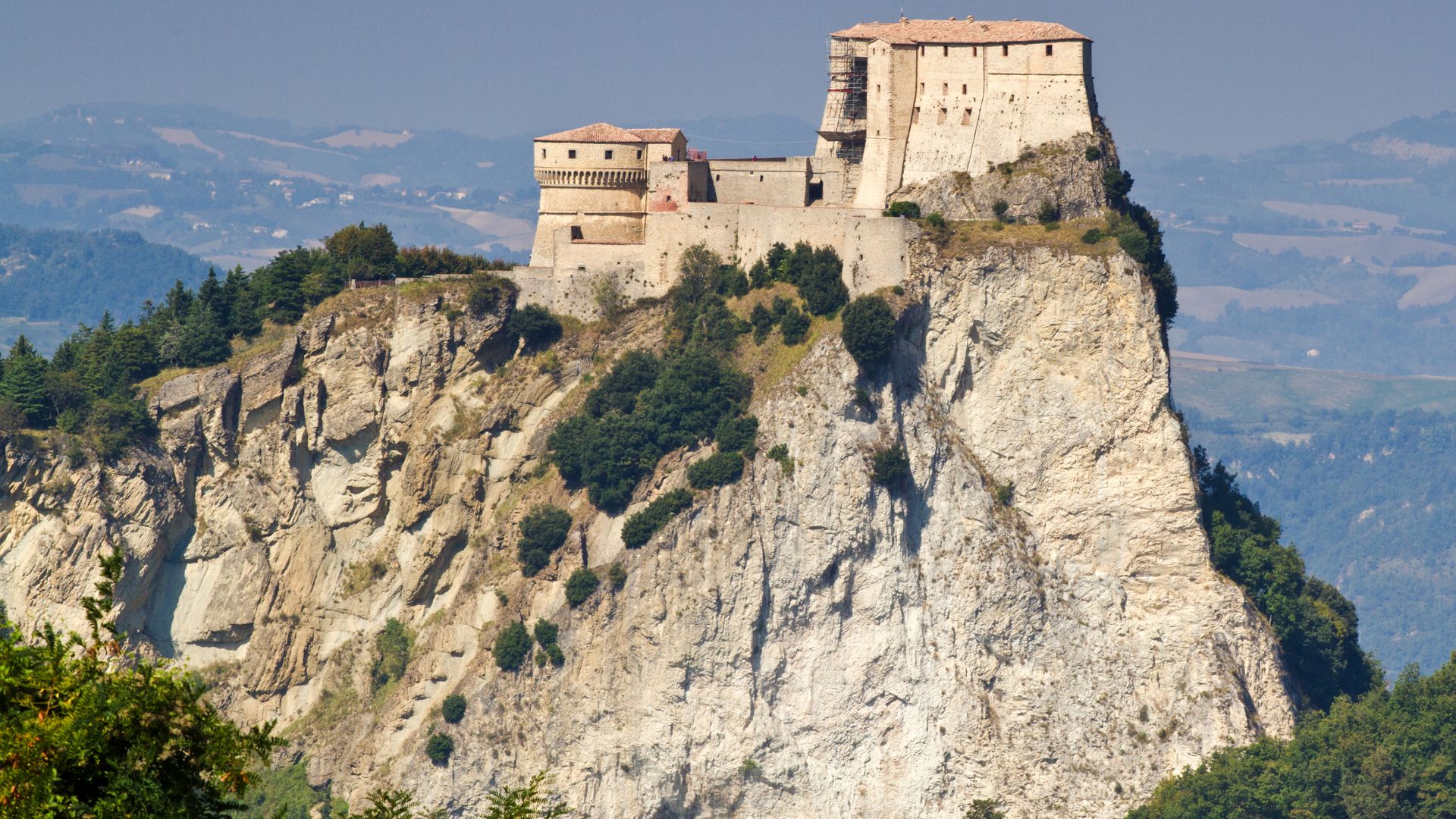
Gastronomy: Truffles, Verdicchio, and Culinary Delights
Le Marche’s food scene amazed me with its hyper-local approach and affordable prices. The region’s cuisine perfectly balances mountain bounty with coastal treasures.
The Quest for Black Truffle
My culinary adventure through Le Marche reached its peak during a truffle hunting expedition near the Apennine foothills. A local guide and his trained dog led me through oak forests at dawn, where we searched for the prized black truffle hidden beneath the soil.
“The trick is knowing where to look,” he explained as his dog suddenly began pawing excitedly at the ground. Minutes later, we unearthed a golf ball-sized black truffle with an intense earthy aroma.
Many restaurants throughout Le Marche feature these treasures shaved over pasta or eggs. In the fall, several towns host truffle festivals where farmers sell their finds directly to visitors.
The region’s approach to truffles reflects its food philosophy: simple preparation that highlights exceptional ingredients.
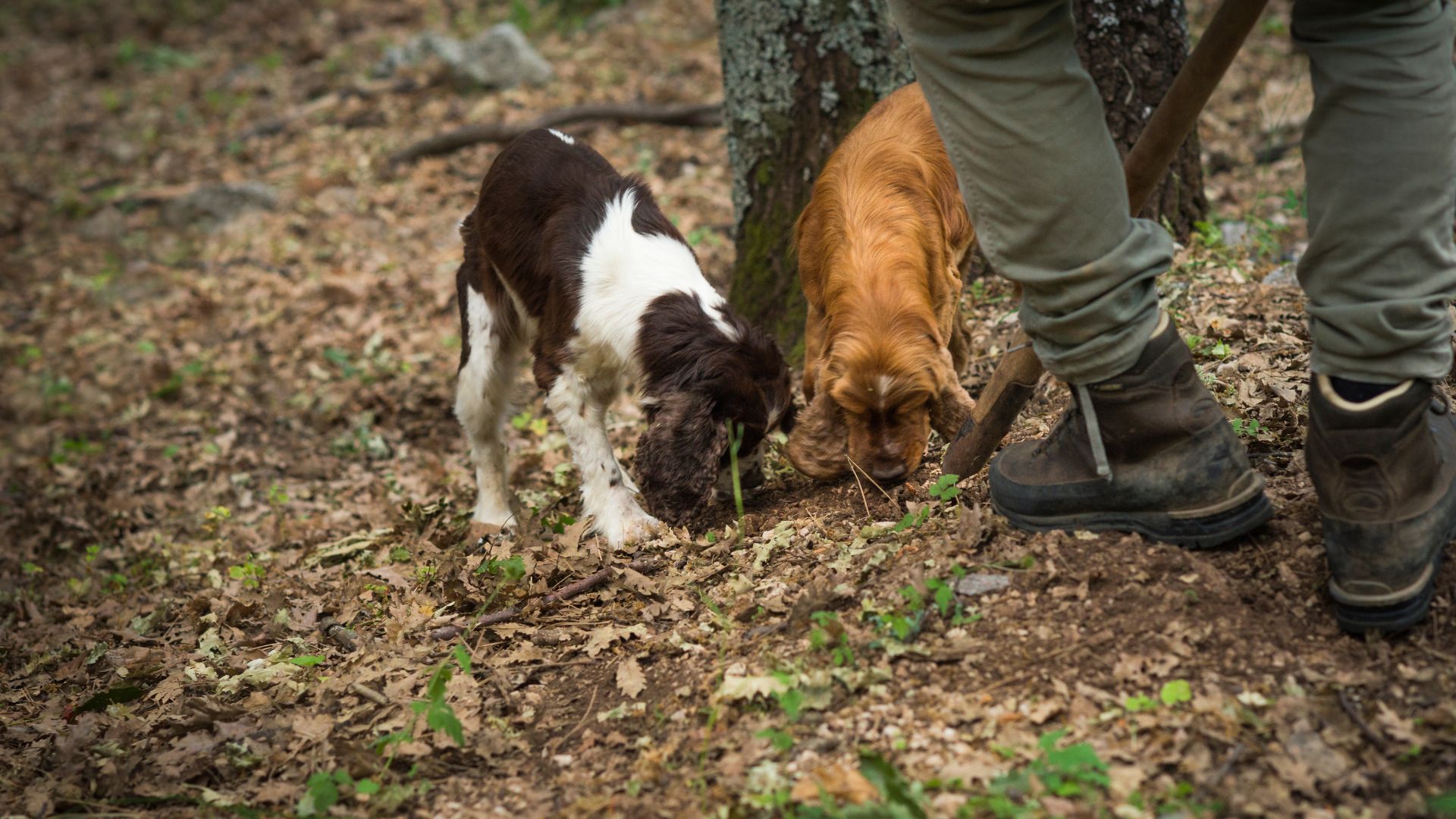
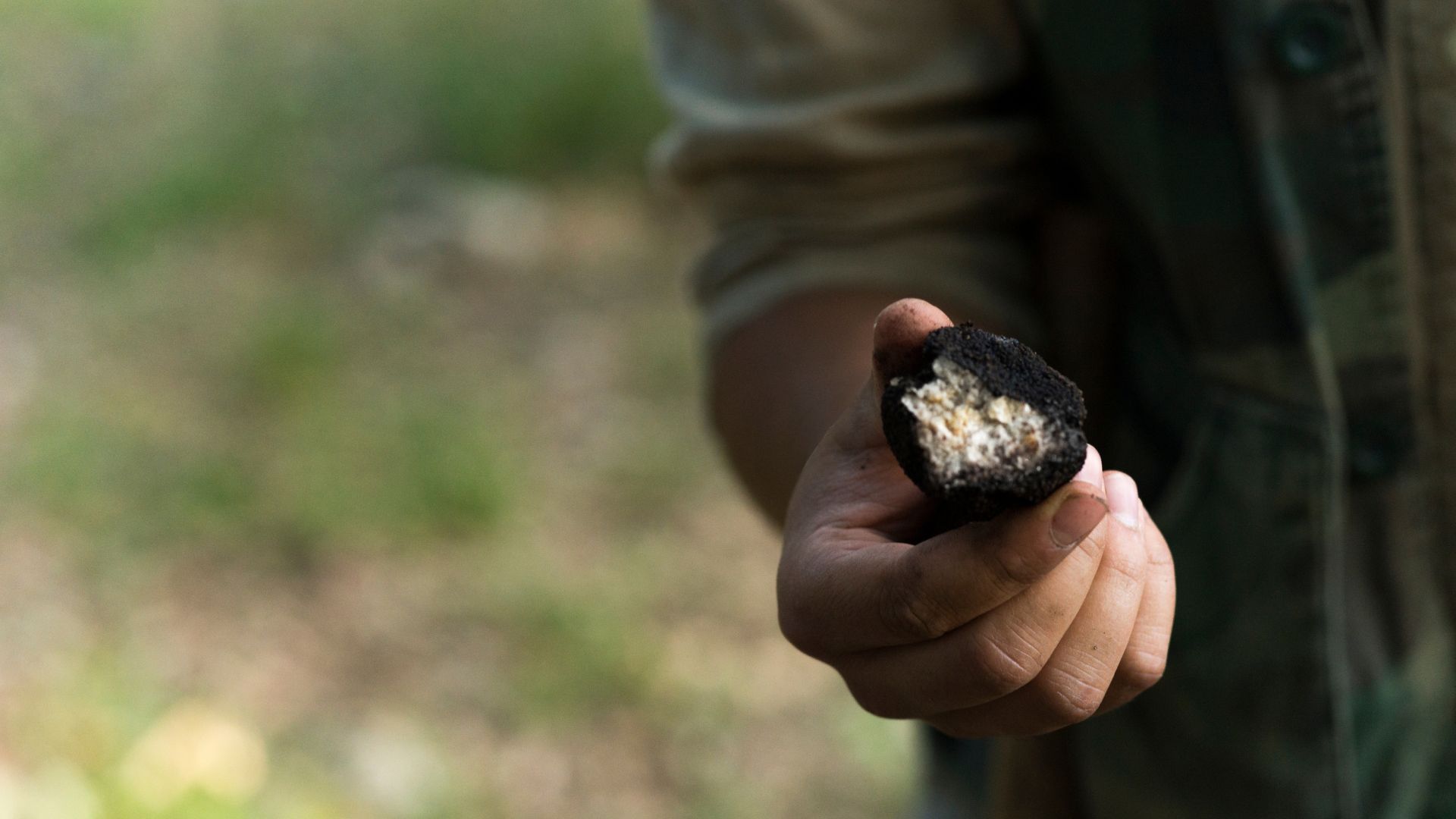

Verdicchio and Viticulture: Toasting to Le Marche’s Wines
Verdicchio dominates Le Marche’s wine landscape, and for good reason. This crisp white wine grows perfectly in the rolling hills between the mountains and sea.
I visited three small family wineries near Jesi, where vineyards stretched across golden hillsides. The winemakers proudly explained how the region’s unique microclimate creates Verdicchio’s distinctive mineral notes and citrus flavors.
At one winery, I enjoyed a tasting paired with local olives and sheep’s cheese. The Verdicchio dei Castelli di Jesi showcased bright acidity that perfectly complemented seafood dishes I tried later at coastal restaurants.
Beyond Verdicchio, Le Marche produces excellent reds like Rosso Conero and Rosso Piceno. Many wineries offer affordable tastings with stunning views of the countryside.
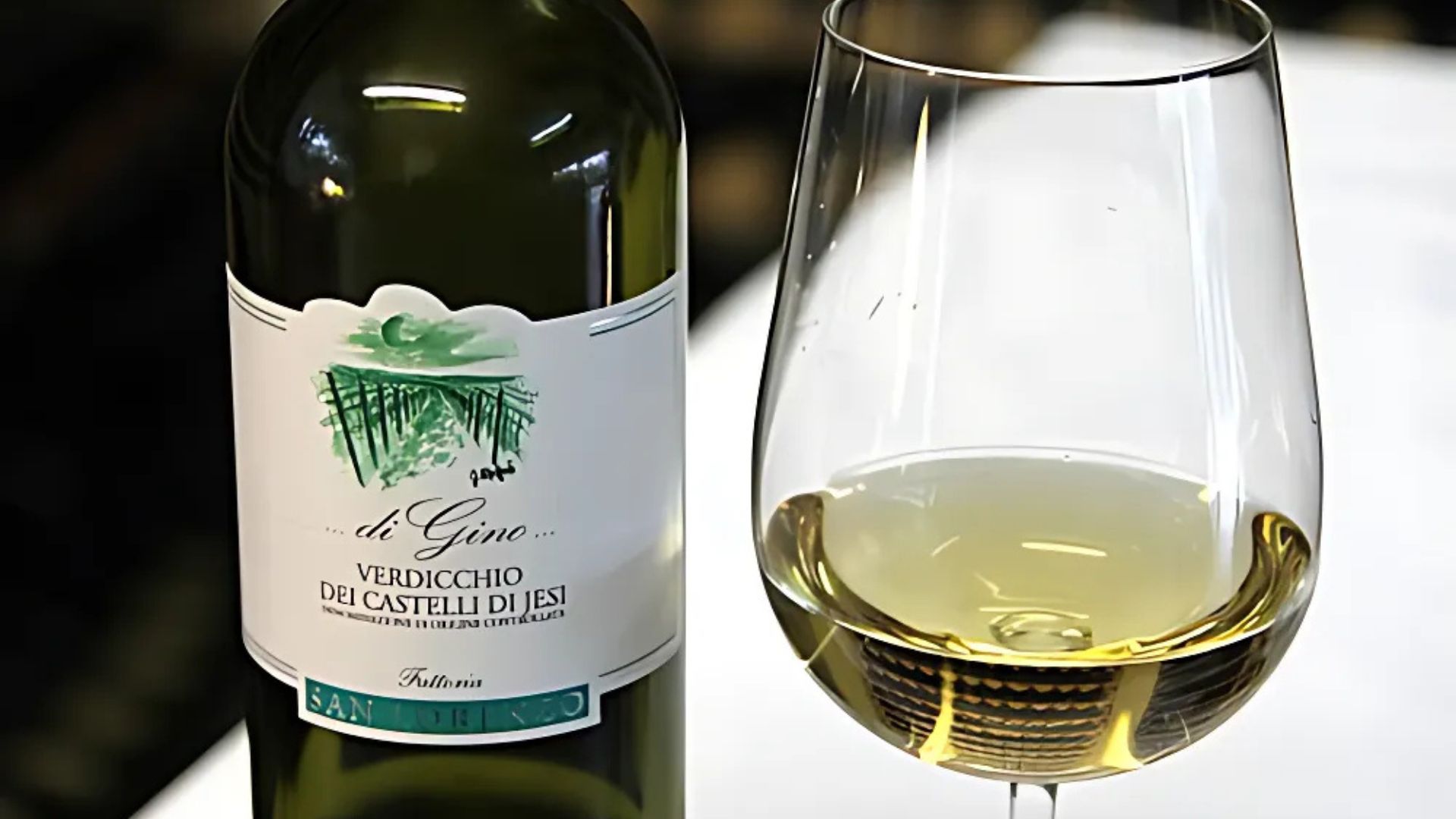
Logistics for the Intrepid Traveler: Car Rental and Accommodations
Planning the practical aspects of a Le Marche road trip requires some forethought but pays off with incredible freedom to explore this diverse Italian region. Having your own wheels and comfortable places to stay will make all the difference in your adventure.
Getting Around: Car Rental Companies and Parking Tips
I found renting a car essential for exploring Le Marche’s varied landscapes. Major companies like Hertz, Avis, and Europcar operate at Ancona Airport and other cities throughout the region. Local companies sometimes offer better rates – I saved nearly 30% by booking with a regional operator.
Compact cars work well for navigating narrow village streets, but consider an SUV if you plan to explore mountain roads, especially during winter months. Most rentals come with a manual transmission, so specify automatic if needed.
Parking in historic centers can be tricky. Look for blue-lined spaces (paid parking) or white-lined spaces (free but time-limited). I always keep coins handy for parking meters.
Driving tips:
- Stay alert for ZTL zones (limited traffic areas) in historic centers
- Gas stations often close for lunch (12-3 pm)
- Consider the “Telepass” for highway tolls if your trip involves major highways
Staying in Le Marche: From Seaside Retreats to Mountain Lodges
Le Marche offers accommodations for every preference and budget.
Along the coast, I loved the family-run hotels in Sirolo and Numana. They provided beach access and stunning Adriatic views for around €80-120 per night.
For a more authentic experience, agriturismi (farm stays) dot the countryside. They offer home-cooked meals using ingredients grown on-site. My favorite in the Sibillini Mountains area included breakfast and dinner for €65 per night.
Historic center apartments give you a taste of local life. I rented a renovated medieval apartment in Urbino through Airbnb that cost less than nearby hotels.
Budget-conscious travelers can find good value in shoulder seasons (May-June and September-October).
Prices in coastal areas can double in July and August, while mountain accommodations tend to spike during the winter ski season.

